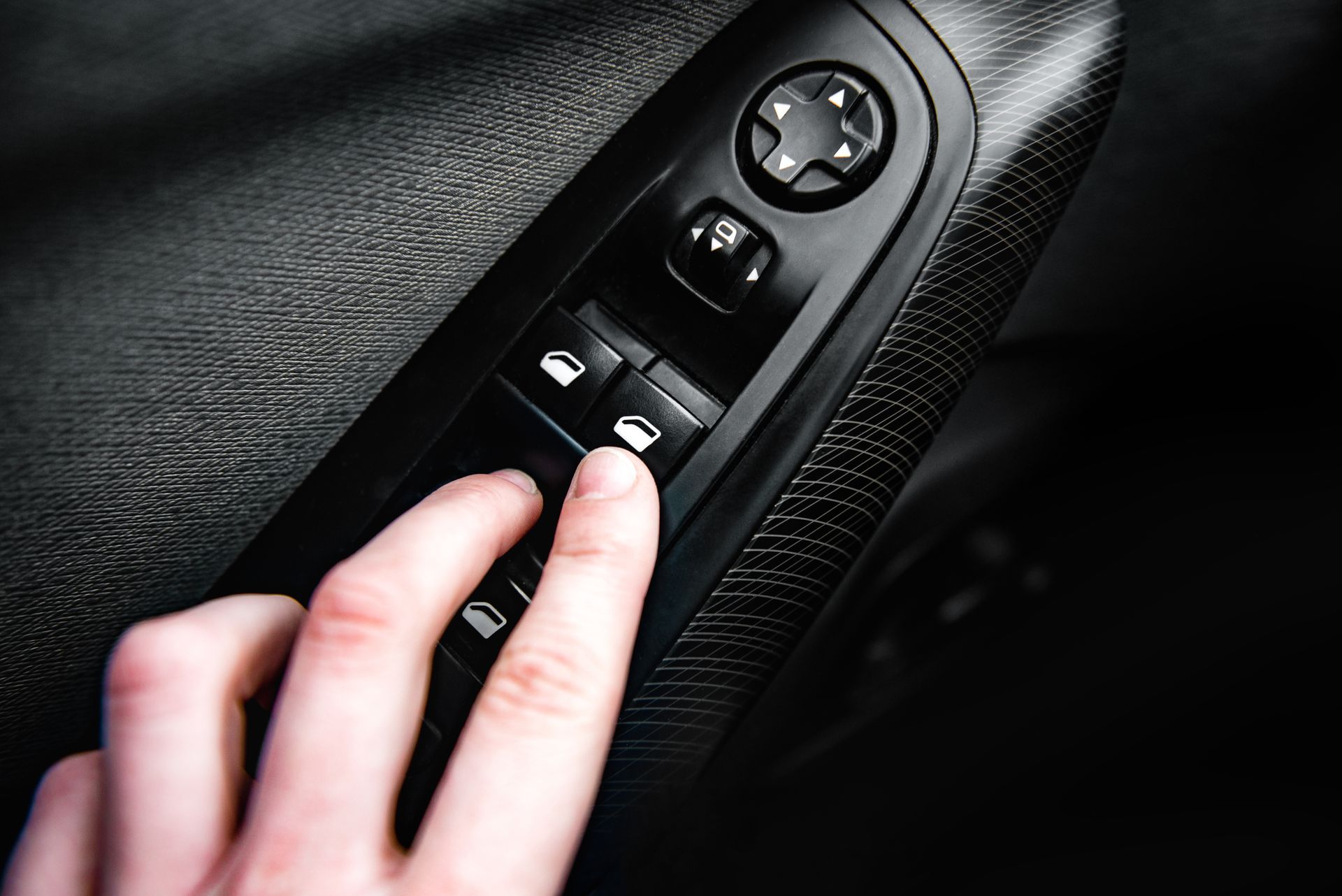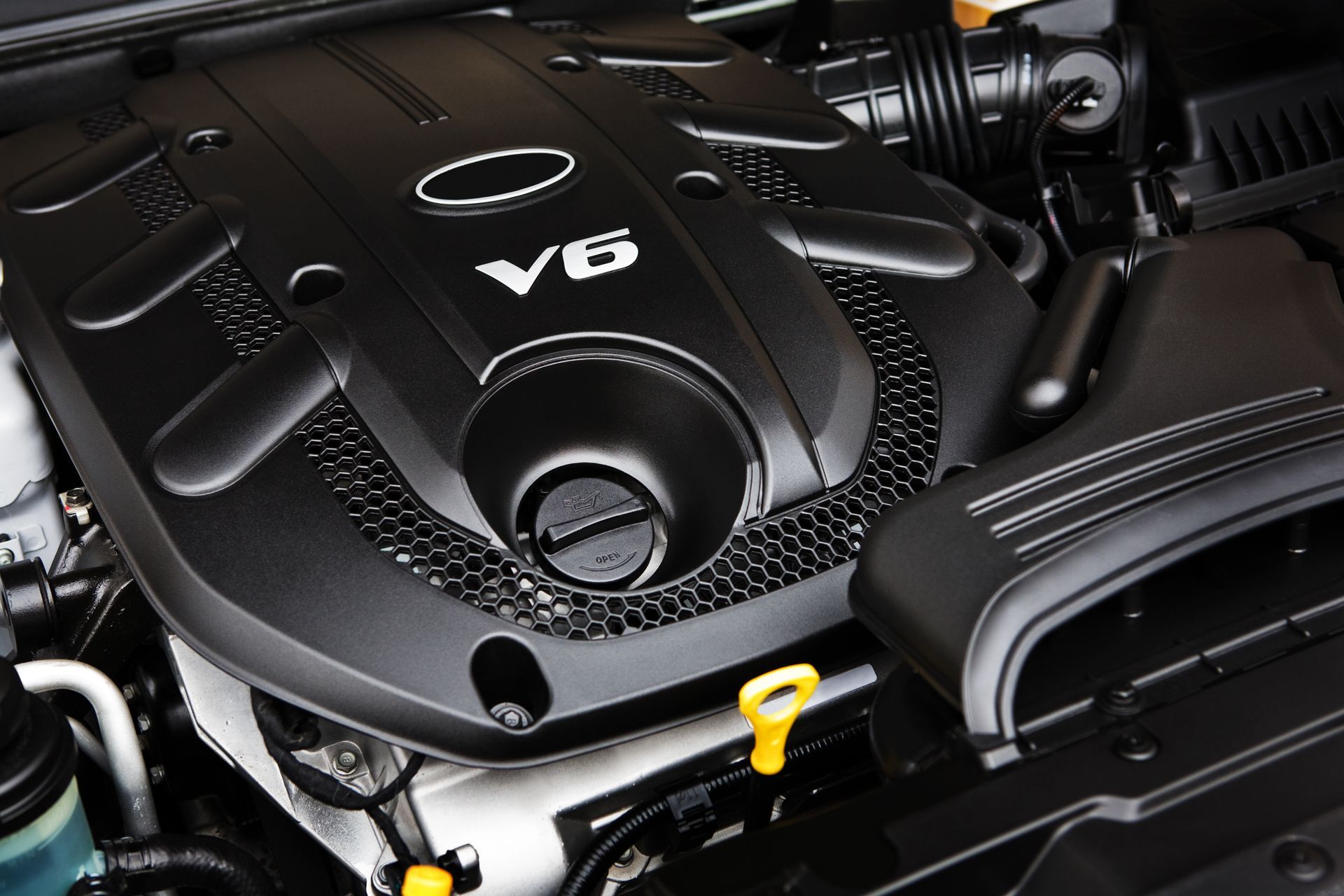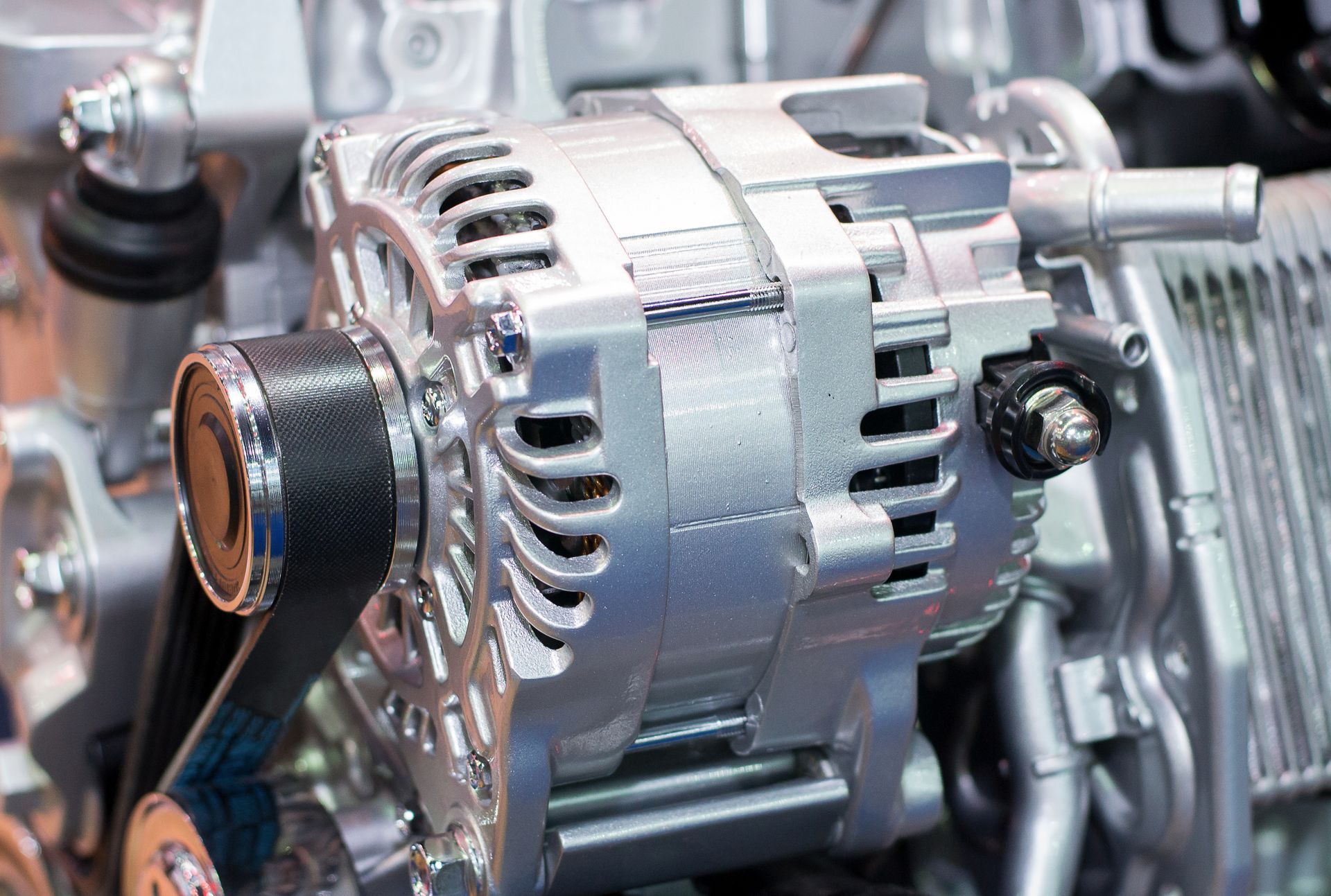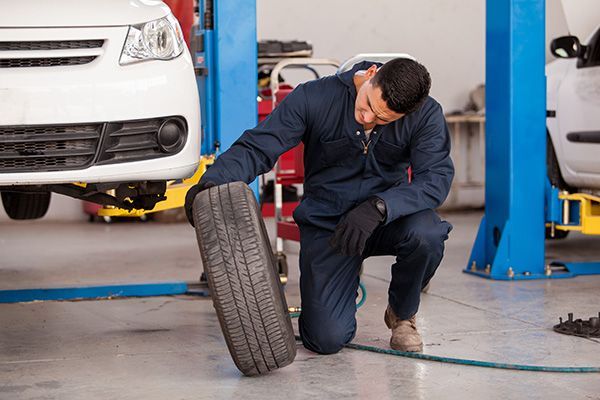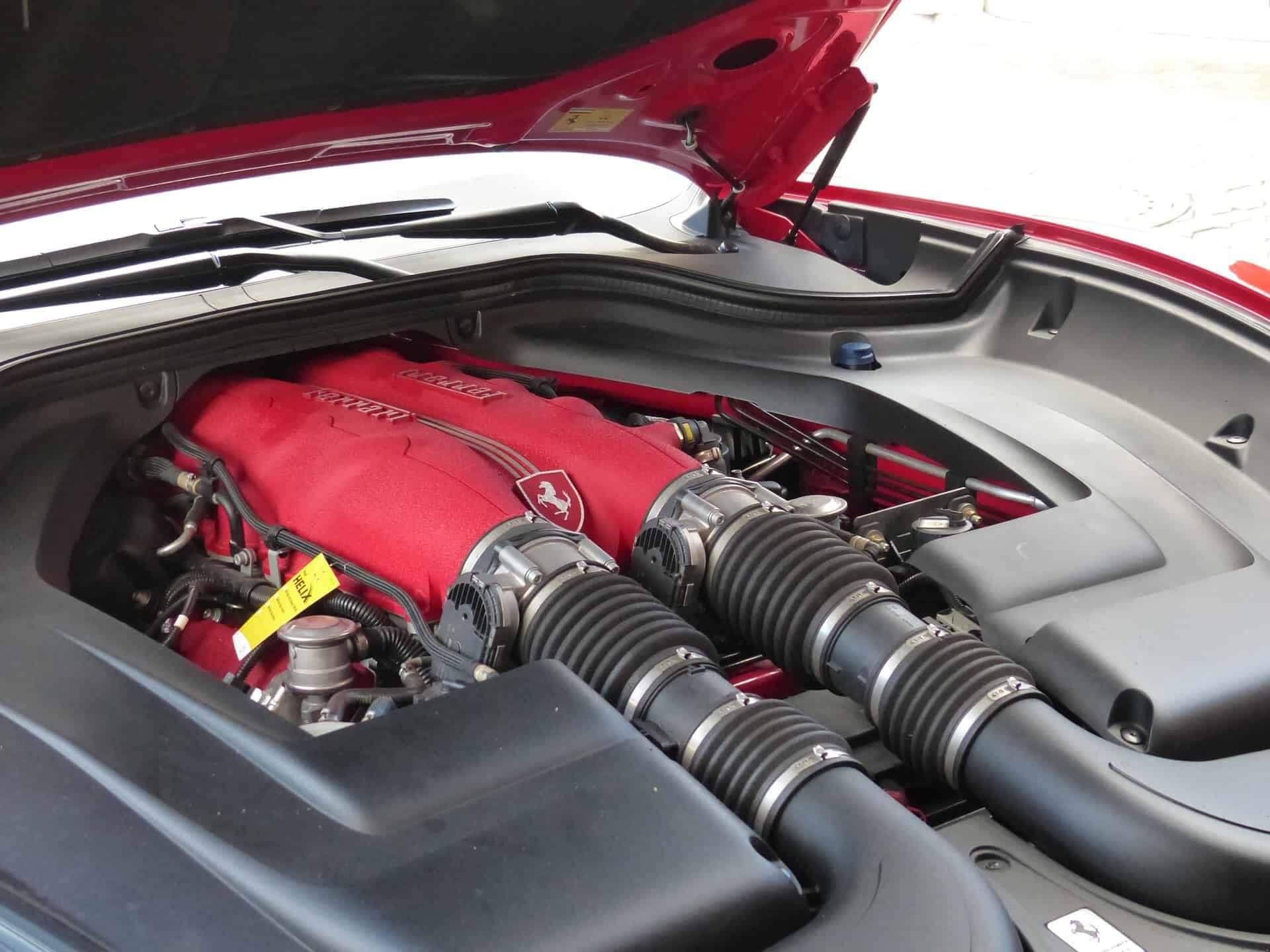
Did you know your vehicle has a hidden filter that treats air inside the passenger compartment? Ignoring this inexpensive maintenance item can lead to costly repairs.
Robert, what are cabin air filters, what’s their purpose?
Robert: Well the cabin air filters, it’s not the filter inside the engine, it’s the filter that’s under your dash, which is specifically for your heater and AC. What happens is, when you have rain or dust and debris, it goes in through your vents, gets blocked in that filter, and your blower motor which is the fan for the air that blows on your face, it has a hard time pushing the air through.
So it can burn out that motor, it can burn out the power resistor that helps that motor work. So it’s one of those things where the manufacturer recommends every 12,000 to 15,000 miles , which is roughly every year. Sometimes that can be overkill, but if you do it at least…or at the most once a year, you’ll be fine.
The Bad Things That Happen to Cabin Air Filters
Host: And what kinds of things happen to the filters, though, they get clogged, do they get mold, do they rot ?
Robert: They get all of the above. See what happens is when it rains, the water hits your windshield and that water goes down into the vents that are in between your hood and your windshield. Now those vents direct water out of the vehicle, but sometimes we’re near a tree that has leaves and pine needles, even just dust and debris go down those vents, they get plugged…or they plug the drain holes and it literally starts to fill up with water.
Imagine having stagnant water inside your car, now you’re starting to have moldy smells, or mold issues inside your vents, which, I have little kids, you know, and the last thing I want is my little kids to be breathing moldy air just because I turned on the heater or the A/C.
Replacing the Filter
Host: I’m guessing that most people don’t know about this. Is it common knowledge that you need to replace the cabin air filter for your own personal health and environmental reasons?
Robert: Most people don’t even know they have one.
Host: Is it a simple process?
Robert: It’s very simple, yeah, it’s behind your glove box. Usually a technician can do it, or even you can do it at home. It’s something as easy as removing the glove box itself. There’s an access port under there and a couple screws or a clip and it’s in and out. It’s not too difficult and it doesn’t even cost too much. Also there’s other electrical problems. If that fills up with water, it can seriously cost a lot of money.
Host: So again, it’s one of these cascading problems if you don’t properly maintain your car.
Robert: If you don’t properly maintain your car.
Host: Wow, that’s quite amazing actually, so a little…how much does a typical cabin air filter cost to replace?
Cabin Air Filters are Inexpensive, Unless You Ignore Them
Robert: Anywhere from, say if a person did it themselves, from $25 on up to $75.
Host: So not a big expense.
Robert: Not too bad.
I actually did a Lexus the other day, which was a 2010 Lexus, and he never knew he even had a cabin air filter, but again, it filled up with gunk and debris and it overheated the computer controlled blower motor. It was a $900 blower motor because it was a fancy one. [Avoid downstream repairs by replacing your cabin air filter every year.]
When to Change Your Cabin Air Filter
Host: Is there a best time of year to do this, or does it matter at all?
Robert: You know, I would say spring. Spring is a good time to get it take care of because the winter is when all the rain has come through and debris and it blocked off or it’s clogged. So the spring is the best time to get that filter, replace it, and have a shop go in there and clean out that debris that builds up.
Host: Where is the debris in the vehicle?
Robert: The debris is in the drain holes which is underneath the vehicle, inside the engine area. They’re usually very hard to get to, so if you have a technician or your mechanic when he’s working on the car, just have him clean that out at the same time.
Host: So the air goes through these passages before it gets to the cabin air filter, is that right?
Robert: Yes, there’s actually two sections. There’s the engine compartment where the vents…water drains down the vents.
Host: Where we usually see those is near the windshield wipers, correct?
Robert: Right, by the windshield wipers, that’s where it’s draining down. Now there’s drain holes on either side of your vehicle to get that water out. If that water fills up, it’ll go up into the dash and into where your cabin air filter is, your blower motor is, and all those electronics.
More about cabin air filters on cars.com

